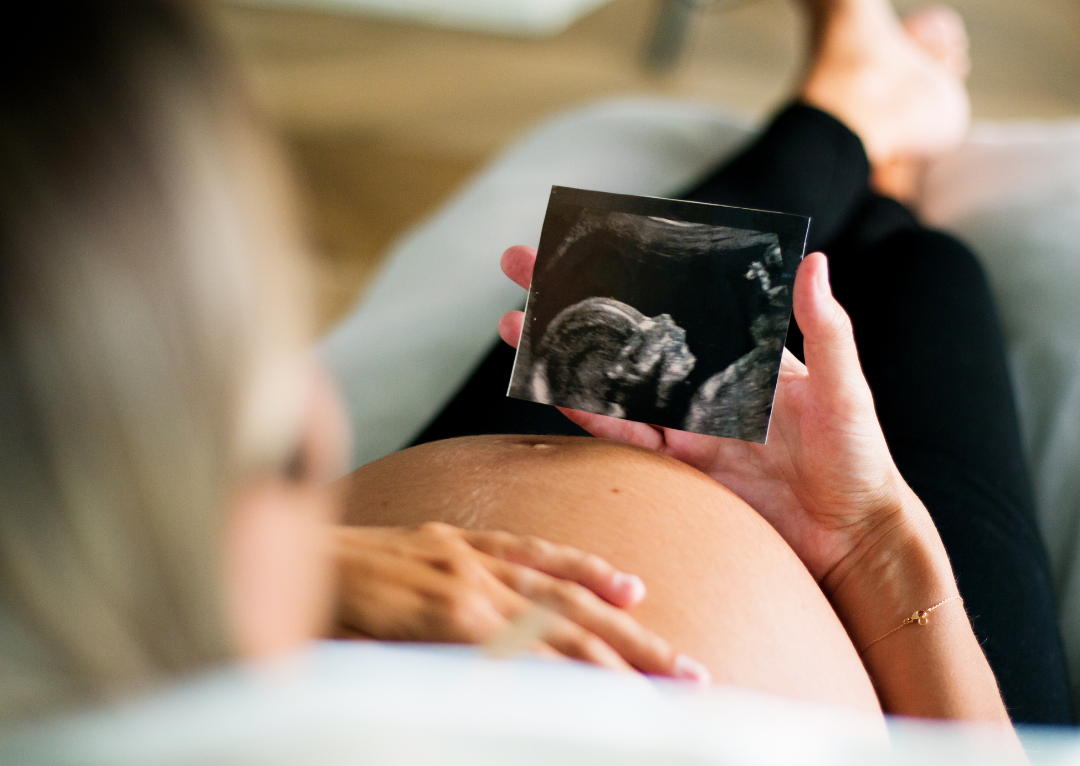Ingrown Toenails and Pregnancy: Causes, Treatment, and Prevention
June 14, 2023

Pregnancy is an incredibly exciting time, but also one that is full of the unexpected – and that includes all sorts of pregnancy aches and pains. And due to the body undergoing significant changes, such as hormonal and weight changes, included in those pains is the increased risk of developing ingrown toenails. Here are the causes, treatment options, and prevention methods for ingrown toenails in pregnant women.
What Causes Ingrown Toenails in Pregnancy?
Ingrown toenails occur when your toenail grows into the surrounding skin, causing pain, swelling, and redness. In pregnancy, the following factors can increase the risk of developing ingrown toenails:- Hormonal changes: during pregnancy, the body produces higher levels of hormones such as progesterone, which can cause the toenails to grow faster and thicker, making them more likely to become ingrown.
- Weight gain: as pregnancy progresses, the added weight and pressure on the feet can cause the toes to be pushed together, leading to increased friction and pressure on the toenails, which can cause them to grow into the surrounding skin.
- Poor footwear: wearing tight, narrow, or uncomfortable shoes can also increase the risk of developing ingrown toenails during pregnancy as the shoes push the nail against the skin, increasing the likelihood of it growing in.
Treating Ingrown Toenails in Pregnancy
If you develop an ingrown toenail during pregnancy, it’s always important to seek medical treatment from your podiatrist in order to avoid complications – and to help prevent your pain from getting worse, which is the last thing you need when focusing on growing your baby. Your podiatrist will always recommend a unique course of treatment based on your specific circumstances, which may include:- Having the ingrown portion of the nail professionally trimmed back as a one-off to give you instant relief. This is most suitable if you’ve never had an ingrown toenail before, and the chance of you developing another one is low. This is also preferably done for ‘mild’ ingrown toenails, and can be done with or without local anaesthetic.
- Having a partial nail avulsion procedure where the ingrown part of the toenail is trimmed back and a chemical is applied to stop that small section of nail from returning. This is best suited to cases where you’ve had at least one ingrown toenail in the past, or the cause of your ingrown toenail means that it’s likely to keep recurring in the future.
- Soaking the affected toe in warm water with or without Epsom salts for 15-20 minutes, several times a day, can help temporarily reduce pain and inflammation. Please note that this does not solve the problem, and the pain will return and continue to persevere until the lodged nail is removed from the skin.
- Using over-the-counter pain relievers, such as non-steroidal anti-inflammatory medication (NSAIDs), can help alleviate pain and discomfort associated with ingrown toenails during pregnancy. Again, please note this is only temporary relief and doesn’t solve the problem.
- If the ingrown toenail has become infected, your podiatrist may recommend taking a course of antibiotics to help prevent further complications and give you some relief. Again, this also does not fix the original problem of an ingrown toenail, but will help manage any bacterial infections present at the ingrown nail site.
Preventing Ingrown Toenails in Pregnancy
Preventing ingrown toenails is key to avoiding pain, discomfort, and potential complications during pregnancy. Here are some tips for preventing ingrown toenails during pregnancy:- Wear comfortable shoes: avoid wearing tight or uncomfortable shoes that can cause pressure on your toes.
- Trim your toenails regularly: keeping your toenails trimmed straight across can help prevent them from growing into the surrounding skin. If you can no longer reach your toes ask your partner to assist you or book a nail care session with your podiatrist.
- Use proper foot hygiene: keeping your feet clean and dry can help prevent fungal infections that can increase the risk of developing ingrown toenails
- Avoid trauma to the toes: protect your toes from injury and trauma by wearing appropriate footwear during physical activities and exercises.
- Seek medical attention promptly: if you notice any signs of an ingrown toenail, such as pain, redness, or swelling, seek medical attention from your podiatrist promptly to prevent further complications.

